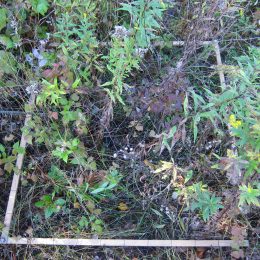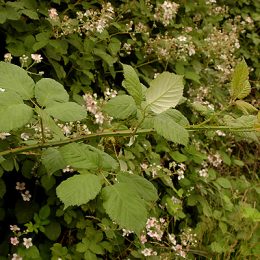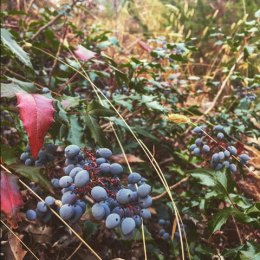Meet your neighbours.
A vegetation inventory gives you a detailed understanding of the plant communities on your property.
Inventories are key to making informed decisions about conservation, property development, management planning and ecological restoration.



